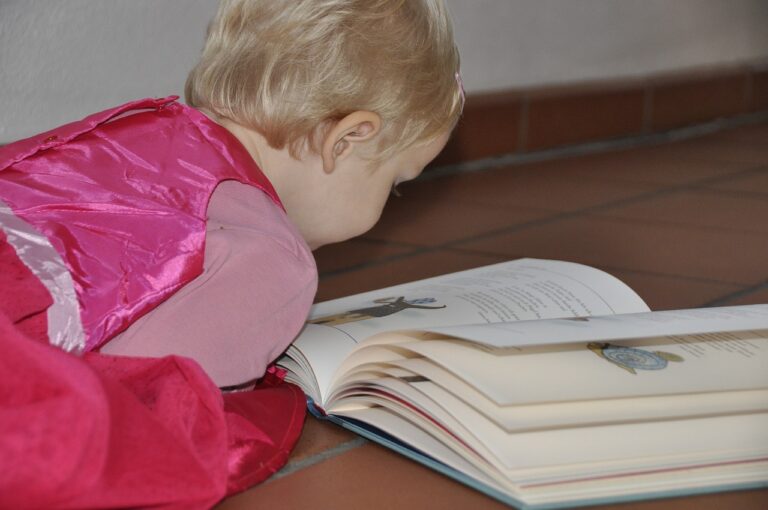Analyzing the Role of Positive Discipline in Classroom Management
Setting clear expectations is imperative in any learning environment. When students are aware of what is expected of them, they are better equipped to stay focused and motivated. By outlining specific goals and standards, educators provide a roadmap for students to follow, leading to increased accountability and success.
Furthermore, clear expectations help reduce misunderstandings and confusion. Students know exactly what is required of them, minimizing room for ambiguity or misinterpretation. This clarity fosters a sense of structure and organization within the classroom, creating a positive and conducive learning atmosphere for all individuals involved.
Building Positive Relationships with Students
Positive relationships with students are crucial for creating a supportive and conducive learning environment. When teachers establish a foundation of trust and respect with their students, it fosters a sense of belonging and encourages student engagement. By showing genuine care and interest in their well-being and academic progress, educators can build strong connections that motivate students to excel in their studies.
Effective communication is key to nurturing positive relationships with students. Encouraging open dialogue, active listening, and providing constructive feedback can help to bridge any gaps and misunderstandings that may arise. By being approachable and responsive to students’ needs, teachers can cultivate a culture of mutual respect and understanding that lays the groundwork for meaningful interactions and collaborations in the classroom.
• Establishing a foundation of trust and respect is crucial for creating a supportive learning environment
• Showing genuine care and interest in students’ well-being and academic progress can motivate them to excel
• Effective communication, such as open dialogue and active listening, is key to nurturing positive relationships with students
• Providing constructive feedback can help bridge any gaps or misunderstandings that may arise
• Being approachable and responsive to students’ needs helps cultivate a culture of mutual respect and understanding
Effective Communication Strategies with Students
Effective communication with students is a cornerstone of successful teaching. One key strategy is to actively listen to students’ viewpoints and concerns without interruption. This demonstrates respect and fosters a positive relationship, ultimately enabling better understanding and collaboration.
Another important communication strategy is to provide clear and concise instructions. Using simple language and avoiding jargon ensures that students grasp the information effectively. Encouraging students to ask questions and seek clarification also promotes an open dialogue that enhances learning outcomes.
Why is it important to set clear expectations with students?
Setting clear expectations helps students understand what is expected of them, reduces misunderstandings, and promotes a more organized and focused learning environment.
How can teachers build positive relationships with their students?
Teachers can build positive relationships with students by showing empathy, actively listening to their needs, providing support, and showing respect for their individuality.
What are some effective communication strategies teachers can use with students?
Some effective communication strategies teachers can use with students include active listening, providing constructive feedback, using clear and concise language, and encouraging open dialogue.







